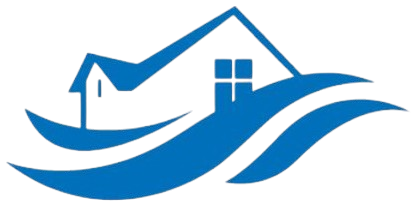Washing Machine Overflow Cleanup Services in Mount Olympus, Utah
Possible Causes of Washing Machine Overflows
Washing machine overflows are often caused by clogged or malfunctioning hoses. When the supply hoses crack, disconnect, or become blocked, water can escape unexpectedly, leading to significant flooding inside your home. These issues are common, especially in homes with older appliances or poorly maintained hoses.
Another frequent cause is a faulty or broken drain pump or control valve. If these components fail, they may not regulate water flow properly, resulting in overflow situations. Over time, worn-out seals or loose connections can also contribute to leaks and flooding, causing damage to floors and walls. Understanding the root cause is essential to ensure proper cleanup and prevent future incidents.
How Our Experts Can Fix Water Damage from Washing Machine Overflows
First, our team quickly assesses the extent of water intrusion to determine the affected areas. We use advanced moisture detection tools to locate hidden water behind walls and under flooring, ensuring no damage is overlooked.
Next, we remove standing water and dry the area efficiently using industrial-grade equipment. This step helps prevent mold growth and further deterioration of your property’s structure. Our experts then clean, sanitize, and deodorize the affected surfaces to restore a safe and healthy environment.
To prevent recurring issues, we also inspect and repair your washing machine hoses and valves. Our team ensures all connections are secure and functioning properly. If necessary, we recommend upgrades to more durable hoses or new appliances to avoid future overflows, giving you peace of mind.
Why We Are the Best Choice for Washing Machine Overflow Cleanup
Our experienced team is dedicated to providing rapid, reliable water damage restoration services. We understand how chaotic and stressful a washing machine overflow can be, and we are committed to efficiently restoring your home with minimal disruption. Our technicians are certified and trained in the latest water extraction and drying techniques.
We use state-of-the-art equipment to detect hidden moisture, ensuring no damage goes unnoticed. This comprehensive approach allows us to thoroughly dry and restore your property, preventing mold growth and structural issues down the line. Our goal is to deliver top-quality service that exceeds your expectations.
Customer satisfaction is at the heart of everything we do. We offer transparent communication, upfront pricing, and flexible scheduling to accommodate your needs. When you call us at (888) 884-7150, you’re choosing a team that cares about your home’s safety and your peace of mind.
Frequently Asked Questions
How long does it take to clean up water after a washing machine overflow?
The duration depends on the severity of the overflow and the extent of water intrusion. Typically, our team can complete water extraction and drying within a few hours, but more extensive damage may require additional time for thorough drying and restoration.
Is it safe to use my washing machine after an overflow?
Not until a professional inspects your appliance and the affected areas. Our experts will assess the situation, repair any faulty parts, and ensure everything is safe before you resume use, preventing future leaks or damage.
Will I need to replace my flooring or walls after a washing machine overflow?
It depends on the extent of water exposure. Minor spills can often be dried and restored, but extensive flooding might require replacing damaged flooring or drywall. Our team will evaluate and advise on the best restoration approach.
What should I do immediately after discovering an overflow?
Turn off the washing machine and disconnect it from the power supply. Next, stop the water flow to the appliance to prevent further flooding. Call our experts immediately at (888) 884-7150 for prompt assistance and cleanup.
Can you prevent future overflows from happening?
Absolutely. Our team can inspect your washing machine, hoses, and plumbing connections to identify potential issues. We recommend routine maintenance and upgrading to durable hoses to minimize the risk of future overflows.
